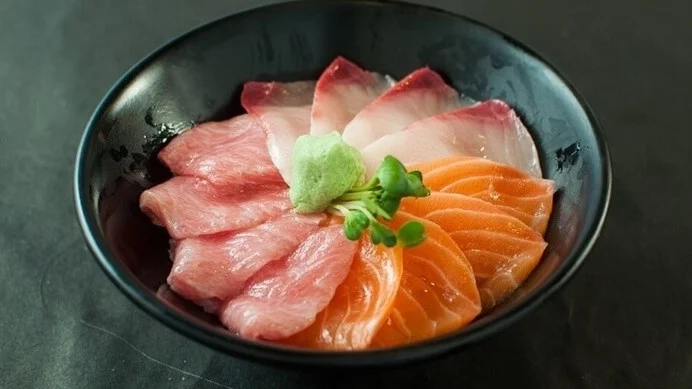What Are the Risks of Tapeworm Infection in the U.S.?
The fish tapeworm is the largest tapeworm (reaching lengths of 30 feet) that infects humans and is found mainly in northern countries such as the U.S., Canada, and northern Europe. According to the Centers for Disease Control (CDC), infection can occur after eating any raw or undercooked freshwater fish including salmon, trout, perch, and pike. In the U.S., most of the infections have been seen in the Great Lakes region. While rare, emergency room visits for severe food poisoning and now, tape worms, are on the rise.
How Do I Know if I Have Been Infected?
Infections with the fish tapeworm can have few or no symptoms and may go undetected for many years. If there are symptoms, they are usually not specific and can include:
- Nausea and vomiting
- Diarrhea
- Abdominal pain
- Weight loss
Complications from long-term infections can include vitamin B12 deficiency, which can lead to anemia. There can also be intestinal blockage or gall bladder disease. This is due to the large number and size of parasites present in the GI tract. Diagnosis is made through examination of feces with a microscope and detection of the presence of the parasite’s eggs or segments. The lab usually suggests that three stool samples be submitted on different days to ensure a correct diagnosis. In some cases, segments or even the entire parasite may pass when having a bowel movement.
How Is It Treated?
Once the presence of tapeworm infection has been confirmed, it is safely and effectively treated with one dose of an anti-parasitic medication, Praziquantel. After treatment, follow-up stool exams can be performed to ensure that there are no remaining parasites left.
What Can I Do to Prevent Getting a Tapeworm?
It is recommended that raw or undercooked fish not be eaten unless it has previously been frozen. These are the guidelines made by the FDA on safe handling of fish:
- Cook to an internal temperature of 145º F.
- Freeze at -4º F for seven days or
- Freeze at -31º F for 15 hours or more
These cooking and freezing standards are required of all restaurants in the U.S.; however, it is not easily verifiable by food inspectors. The best way to prevent getting a parasitic infection is to ensure that the meat has been thoroughly cooked or frozen so that any parasites that may be present are killed.
Because the popularity of sushi and sashimi in the U.S. is increasing, there may continue to be an increase in tapeworm infections from these foods. While it is still rare in the U.S., there is still the possibility of being infected if restaurants have not followed the recommended guidelines required by the FDA. DHAT physicians are trained to treat any type of gastrointestinal infection. If you are having abdominal symptoms and are an avid sushi eater, make an appointment with one of our Gastroenterologists to be tested. It is simple and non-invasive, and you will get the results within a few days.


